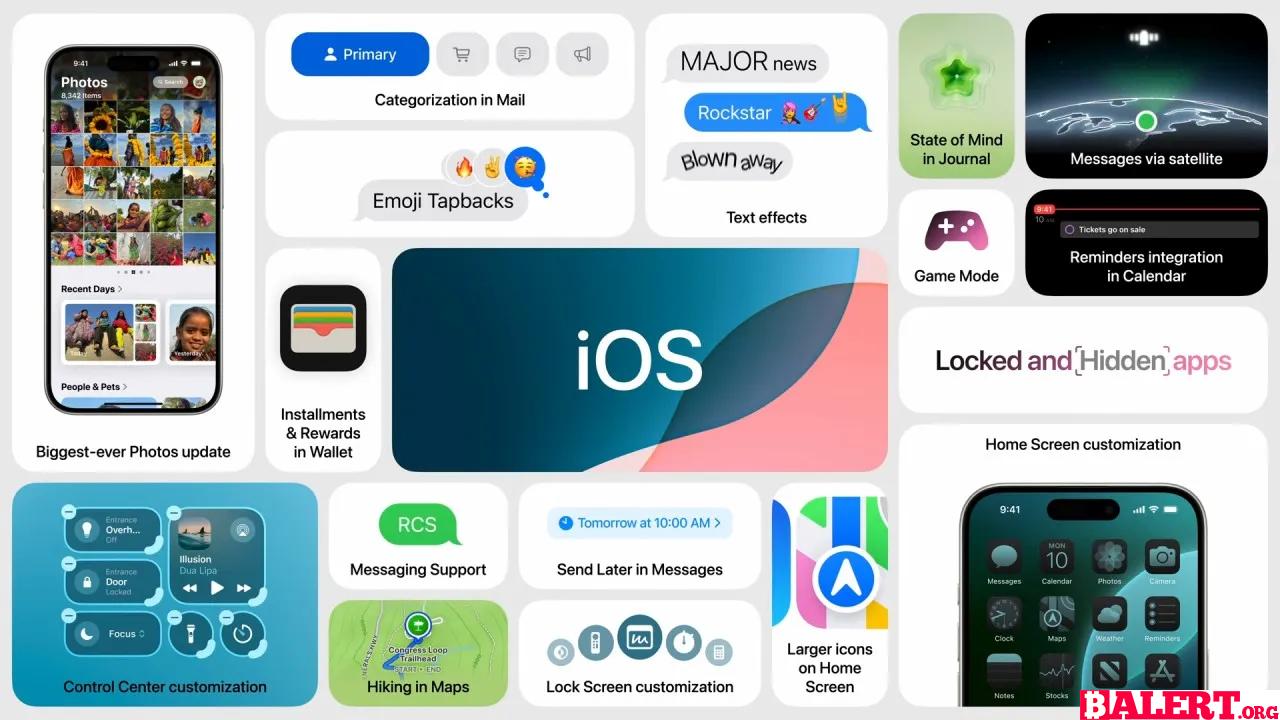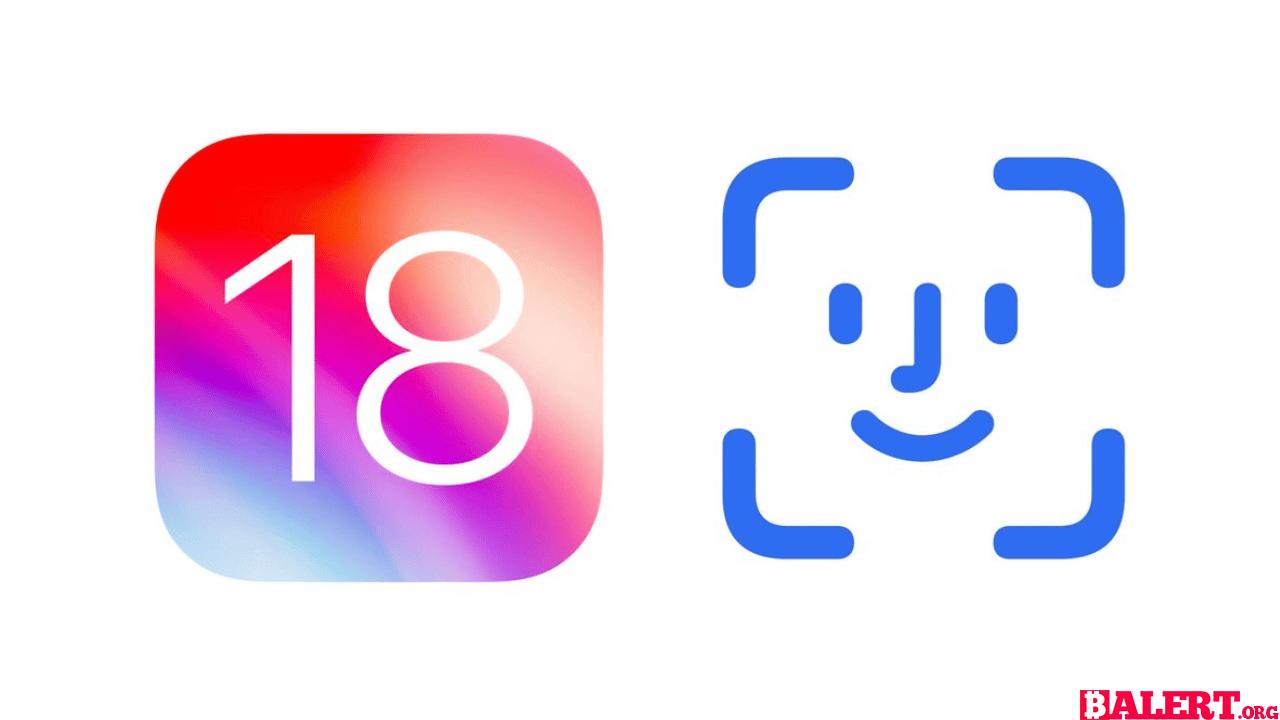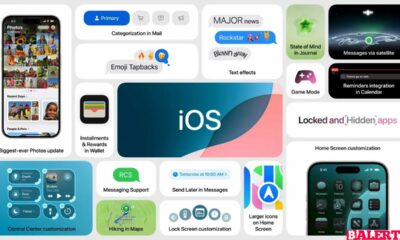Tech
Penpie Exploit: $27 Million Security Breach in DeFi Protocol
Discover the Penpie Exploit, a staggering $27 million security breach in the DeFi protocol. Explore the details of this incident, its implications for the crypto community, and what it means for the future of decentralized finance.

Penpie Exploit: A Major Security Breach in DeFi
On Wednesday, the decentralized finance (DeFi) protocol Penpie, which operates on the tokenized yield platform Pendle, fell victim to a significant exploit, as reported by various crypto observers. The attacker managed to siphon off approximately $27 million worth of cryptocurrency assets, which included a variety of staked ether (ETH), Ethena’s sUSDE, and the wrapped USDC stablecoin. This alarming breach was confirmed through blockchain data analysis.
Following the heist, the perpetrator exchanged the stolen assets for ETH, primarily utilizing the Li.fi platform, and subsequently transferred the converted funds to a new address, as detailed by Etherscan data. Interestingly, the exploiter’s wallet had been initially funded with 10 ETH, valued at around $25,000, through the crypto mixer Tornado Cash just hours prior to executing the exploit.
Pendle has since acknowledged the incident, confirming that they detected a security compromise within Penpie’s protocol. The team has assured users that their funds remain secure within Pendle’s ecosystem but has temporarily halted all contracts as a precautionary measure. This proactive approach aims to prevent further potential losses while they assess the situation.
In the aftermath of the exploit, Penpie’s native token (PNP) experienced a dramatic decline, plummeting by 40% throughout the day, according to CoinGecko data. Meanwhile, Pendle’s own token (PENDLE) saw a decrease of nearly 8% over the same 24-hour period, trailing behind the more modest declines of bitcoin (BTC) and ETH, which fell between 1% to 3%.
This incident highlights the ongoing vulnerabilities within DeFi protocols, which have become frequent targets for malicious activities. In fact, digital asset users have reportedly lost around $2 billion due to scams, hacks, and exploits throughout 2023, as noted by De.fi. This latest attack on Penpie serves as a stark reminder of the risks associated with decentralized finance.
Tech
Tesla Semi Fire: NTSB Preliminary Report Released
The NTSB’s preliminary report on the Tesla Semi fire has been released. This content includes important information about the details of the incident, the causes of the fire, and Tesla’s safety measures. Explore the impact on Tesla’s electric vehicles and its future steps.

The National Transportation Safety Board (NTSB) released a preliminary report stating that a Tesla Semi electric truck in California required firefighters to use “50,000 gallons” (approximately 190,000 liters) of water to extinguish a roadside fire. Firefighting teams also deployed an aircraft to drop fire retardant on nearby areas as a precautionary measure to control the fire.
The accident occurred on August 19 at 3:13 AM local time on the I-80 highway east of Sacramento. The electric truck went off the road while navigating a curve, collided with a roadside boundary marker, and then struck a tree, coming to a stop. Fortunately, the driver was not injured in the accident; however, considering their health condition, they were taken to the hospital.
The Tesla Semi’s large 900 kWh battery caught fire upon impact, and toxic smoke began to spread during the fire. While the fire continued with temperatures reaching up to 538°C, firefighters worked intensively to cool the blaze with water. However, due to the fire’s effects, the vehicle continued to burn until late in the afternoon. Meanwhile, Tesla sent a technical expert to the scene regarding fire safety and high voltage hazards.
The highway reopened to traffic at 7:20 PM local time, 16 hours after the accident. The NTSB, as an organization that can only make recommendations and cannot enforce regulations, sent a team to the area for investigation purposes. This major accident raised several issues, including dangerously hot fires and toxic smoke, which will attract the attention of many international organizations.
The NTSB had previously stated in 2021 that fires in the batteries of electric vehicles pose serious risks to emergency response teams and that the guidelines provided by manufacturers for such fires are inadequate.
Tech
New Leaks and Features About the Samsung Galaxy S25 Ultra
Discover the latest leaks and features about the Samsung Galaxy S25 Ultra. Equipped with new technologies and advanced features, this smartphone elevates the user experience to a new level. Check it out for details!

New Leaks About Samsung Galaxy S25 Ultra
Samsung is expected to introduce the Galaxy S25 Ultra along with the Galaxy S25 series at the beginning of 2024, likely in January. Although no official announcement has been made yet, leaks regarding the upcoming flagship continue to spread rapidly on the internet. Notable leak source IceUniverse shared several new visuals of the Galaxy S25 Ultra in a post on the X platform. These visuals reveal the design differences between the Galaxy S25 Ultra and the Galaxy S24 Ultra.
One of the notable features in the leaked images of the Galaxy S25 Ultra is the rounded corners of the phone. In contrast, this year’s Galaxy S24 Ultra has quite sharp corners, which has led to feedback from some users indicating discomfort while holding the device. Previous leaks have suggested that the Galaxy S25 Ultra may be somewhat larger.
A tweet shared by IceUniverse: Galaxy S25 Ultra Image
According to leaks, the Galaxy S25 Ultra is expected to be thinner and lighter compared to previous models. In August, rumors emerged that the upcoming Galaxy S25 Ultra would be lighter than its competitors, with a weight of under 221 grams.
Another image featured in IceUniverse’s post shows close-ups of the sides of both next year’s expected flagship phone and Samsung’s current flagship. In this image, the side of the Galaxy S25 Ultra appears flatter with rounded corners. While these changes may not create a major revolution, they will generally positively affect the feel of the phone in hand.
Looking at other rumors about the Samsung Galaxy S25 Ultra, it is expected that the company will offer top-tier screen and camera upgrades next year. Additionally, there is a strong expectation that the satellite connection feature will also be introduced alongside the Galaxy S25.
Tech
iOS 18 Officially Released: Innovations and Features
iOS 18 has been officially released! This update, packed with new features and innovations, elevates the user experience to the next level. Check out our article for details and discover the new offerings of iOS 18!

iOS 18 Officially Released: Here Are the Innovations!

Apple officially launched iOS 18 yesterday, as promised. After a long beta testing phase, this update brings many exciting new features for iPhone users.

New Features in iOS 18
- Advanced Customization Options on the Home Screen: With iOS 18, users can now arrange app icons freely without sticking to the traditional grid layout. Additionally, there’s an option to change the colors of the icons and adjust their darkness levels. In short, you are no longer bound to a boring layout. It raises questions why Apple waited until 2024 to offer this feature.
- Revamped Control Center: The Control Center is completely redesigned in iOS 18. Users will be able to group controls more comfortably, and developers can easily add controls from their applications. Also, there’s an option to divide the Control Center into pages, allowing different controls on each page.
- RCS Messaging Support: With iOS 18, Apple introduces Rich Communication Services (RCS) messaging support. Users can add various effects to their texts and react with new emojis for more colorful responses.
- Updated Photos App: The Photos app is presented with a new opening page and a modern layout. Users can now browse photos by time, people, and many other criteria, reorder media files, and explore more with the “Collections” feature.
- App Lock Feature: Users can now lock specific applications. For example, they can activate Face ID protection from the menu that appears when long-pressing an app icon. Thus, anyone wanting to open the app will have to pass the Face ID protection first.
- Apple Intelligence: One of the important features of iOS 18 is Apple’s artificial intelligence kit, Apple Intelligence. However, to fully benefit from this feature, you’ll need to wait for the iOS 18.1 update. More information about Apple Intelligence can be found here.
How to Install iOS 18?
- Open the Settings app.
- Tap on General.
- Select Software Update.
- Your iPhone will notify you that the new iOS 18 update is available.
- Click on “Download and Install” and follow the on-screen instructions.
Which iPhone Models Can Install iOS 18?
- iPhone XR, XS, and XS Max
- iPhone 11
- iPhone 11 Pro and 11 Pro Max
- iPhone SE (2nd generation)
- iPhone 12 mini and iPhone 12
- iPhone 12 Pro and iPhone 12 Pro Max
- iPhone 13 mini and iPhone 13
- iPhone 13 Pro and iPhone 13 Pro Max
- iPhone SE (3rd generation)
- iPhone 14 and iPhone 14 Plus
- iPhone 14 Pro and iPhone 14 Pro Max
- iPhone 15 and iPhone 15 Plus
- iPhone 15 Pro and iPhone 15 Pro Max
- iPhone 16
- iPhone 16 Plus
- iPhone 16 Pro and iPhone 16 Pro Max
-

 Business7 months ago
Business7 months agoThe Significance of Jackson Hole: A Central Banking Tradition
-

 Tech6 months ago
Tech6 months agoNew Leaks and Features About the Samsung Galaxy S25 Ultra
-

 Article9 months ago
Article9 months agoCreative Design Applications Developed with Artificial Intelligence
-

 Business6 months ago
Business6 months agoBhutan’s Strategic Investment in Bitcoin: A New Era for the Himalayan Kingdom
-

 Business8 months ago
Business8 months agoObituary: Dan Collins
-

 World6 months ago
World6 months agoThierry Breton Resigns: Impact on European Union Leadership
-

 Gaming6 months ago
Gaming6 months agoNew Details and Trailer Released for Dead Rising Deluxe Remaster
-

 Gaming6 months ago
Gaming6 months agoNew Details for Alan Wake 2 and PlayStation 5 Pro Announcement









